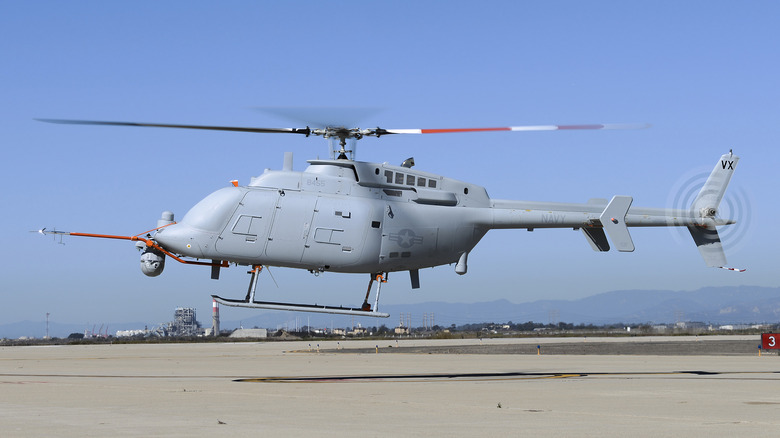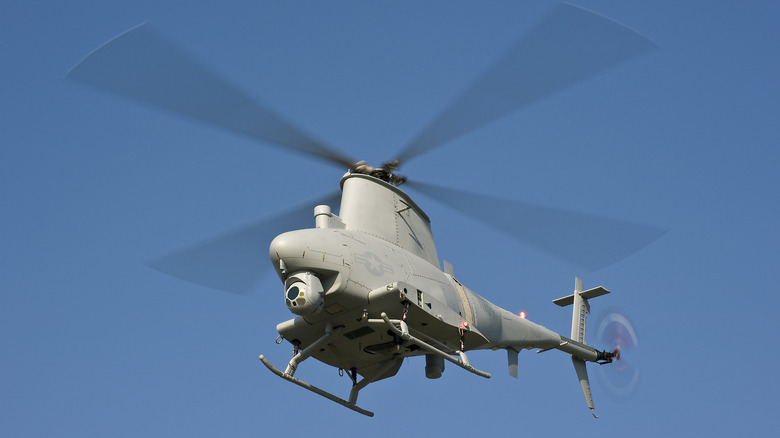MQ-8 Fire Scout Helicopter Drone: What's Its Top Speed And How Far Can It Fly?
It looks like a helicopter, but there's no one in the cockpit, and that's exactly the point. The MQ-8 Fire Scout is the U.S. Navy's unmanned eye in the sky, designed to take off, land, and fly all on its own. Northrop Grumman, manufacturer of the Air Force's B-21 Raider, developed the Fire Scout for surveillance and support, delivering speed and range that make it a valuable asset in missions where manned aircraft aren't the best option.
The MQ-8C, which is the most advanced and widely used model of the Fire Scout in service today, reaches a top speed of about 135 knots, or roughly 155 miles per hour. This allows the unmanned helicopter to quickly cover large surveillance areas, making it a reliable asset for time-sensitive naval missions.
When it comes to flight range, the Fire Scout's operational radius typically sits around 150 nautical miles, or just over 172 miles, which is the distance it can cover during missions while returning safely to base. But its maximum range is 1,227 nautical miles, or just over 1,400 miles, reflecting the farthest distance it can fly under ideal conditions without refueling. Together, these numbers highlight both the practical mission limits and the extended capabilities of the Fire Scout.
The Navy is retiring the MQ-8 Fire Scout in 2026
After nearly ten years in action, the U.S. Navy is gearing up to retire the MQ-8C Fire Scout by 2026. This move comes after the Navy retired the smaller MQ-8B, which was used in Afghanistan, where it supported missions focused on detecting and countering improvised explosive devices, or IEDs.
Despite moving on from the Fire Scouts, the Navy is moving forward with drone tech, much like the Army has for its companies and battalions, but with a twist. The Navy's Future Vertical Lift program is developing both drone and piloted versions of vertical takeoff and landing aircraft. These new machines are designed to fly farther, stay up longer, and carry more, all while fitting seamlessly into the Navy's bigger picture of high-tech, networked operations.
In the meantime, some of the Fire Scout's jobs will likely shift back to manned helicopters like the Sikorsky MH-60, one of the oldest choppers still used by the military, while the Navy speeds up testing and development of these fresh drone designs. Saying goodbye to the Fire Scout isn't just about retiring a drone; it's a sign of how unmanned aircraft are evolving and becoming a bigger, smarter part of naval missions going forward.

